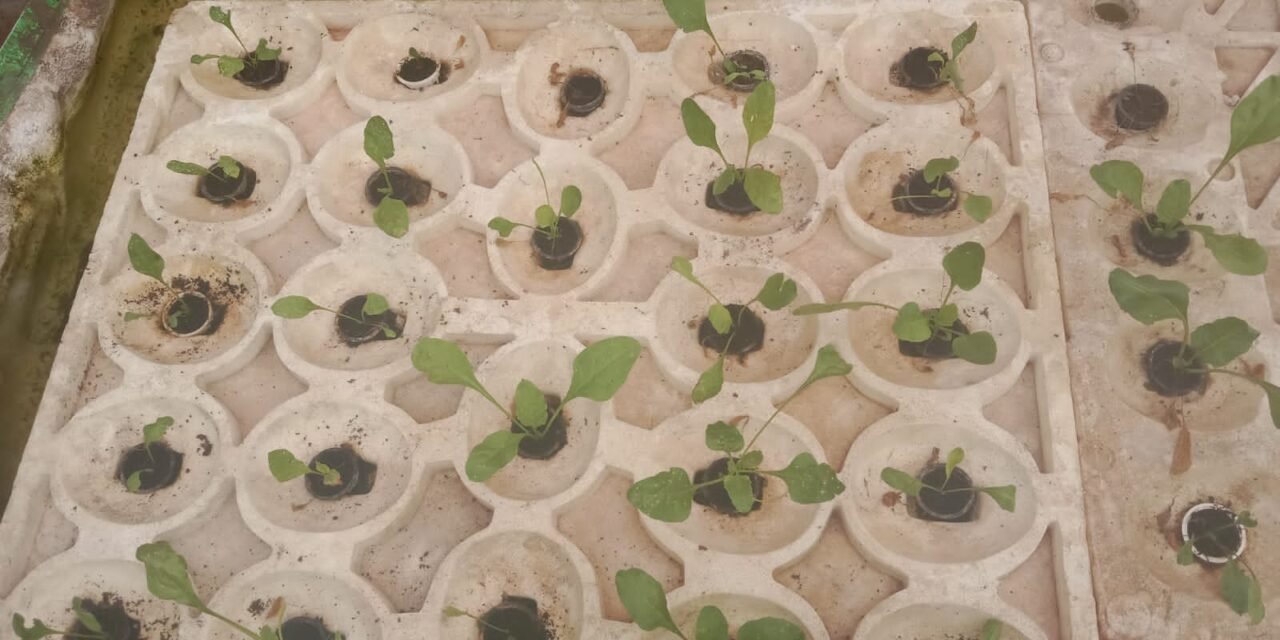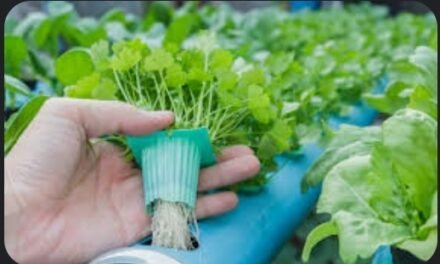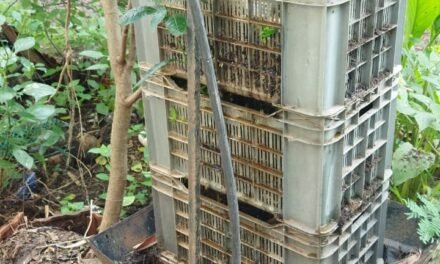21/07/2022
Introduction
Deep water culture for plants (DWC) is also called hydroponics. Simply put, it is a method for growing plants without a substrate media. The roots of the plants are encased in a net pot or grow cup that is suspended from a lid with roots dangling in a liquid nutrient solution.
Advantages
- Easy to Set Up. Deep water culture systems are easy and simple to set up and only require very few parts that you can put together in a short period. And the only moving part is an air pump, which is easy to configure.
- Deep water culture systems can grow plants particularly fast with powerful root systems. With a Deep water culture system, your plants’ roots are always in direct contact with the two things they need the most: oxygen and nutrients.
- It is low maintenance costs and inexpensive to maintain once you set up the system. Deep water culture systems are simple and easy to monitor as long as you do it frequently and ensure you understand the basics.
- The startup costs of setting up a small DWC system are minimal compared to other hydroponic systems.
Disadvantages
- Nutrient concentration and fluctuations in pH, which is a specific problem in small-scale systems, where fast-growing plants can lead to rapid changes in concentration of the nutrient solution and the pH, quickly causing problems for the health of your plants.
- It is difficult to calibrate, especially in smaller systems, because of the low volume of nutrient solution, making it more challenging to adjust the pH and concentration of the nutrient solution accurately.
- The water temperature is not easy to maintain within the target range since it will be quickly influenced by the ambient temperature of the growing environment.
- DWC systems require more manual labor, especially for larger setups. Each DWC bucket needs to be drained, filled, and regularly checked during the growing cycle.
Setup of DWC in Polyhouse
we setup DWC by using Bed in polyhouse. Then fill with water and provide bubbler which provide oxygen for plants.

22/07/2022
Studied essential plant nutrients
- Micronutrients are N, K, Ca, P. Mg, and S
- Transport mechanism i.e Diffusion, Mass flow, and Iron exchange
- Nutrient film technique (NFT)
23/07/2022
1.After setuping DWC in polyhouse measured depth,length,width and total volume of water in DWC
2. Add bubbler for providing oxygen to plants.
3. Then check the pH, EC and TDC

Calculations
h =0.11 m
L =3.4 m
W = 1.1 m
By using formula of volume of rectangle ( DWC is rectangle structure)
V = l × w × h
= 3.4 × 1.1 × 0.11
= 0.4114 m3
Converting m3 to litre
V = 411.4 L
Readings
pH =8.10
EC =434
TDC = 204
Plantation of palak in DWC
- cups filled with cocopeat and add palak plant in that cups
- cups kept in thermocol structure
- Thermocol kept in deep water

25/07/2022
1.when DWC of palak plant was ready give nutrients in DWC.
2. Take essential nutrients and weight to take as per volume of water
3. nutrients doses given for 411 L water of DWC .
4. Again check pH and for maintaining pH used phosphoric acid 1 ml

Calculations
- Potassium Nitrate (KNO3)- 205.5 gram
- Calcium Nitrate (CalNO3) – 78.912 gram
- Monoammonium phosphorus (NH3PO4) -34.11 gram
- Potassium Sulphate (K2SO4) – 118.368 gram
- Magnesium Sulphate (MgSO4) gram– 259.34
Reading
pH = 7.8
27/07/2022
- checked growth of plants
- checked bubbler system
- operate system properly

Conclusion:
1) Palak growth well in DWC
2) we maintain the growth of Palak on chemical nutrients
3) In DwC palak growed really good
This project handled by mrunal. we have helped to her in this project as our assignment and now she continued this project .





